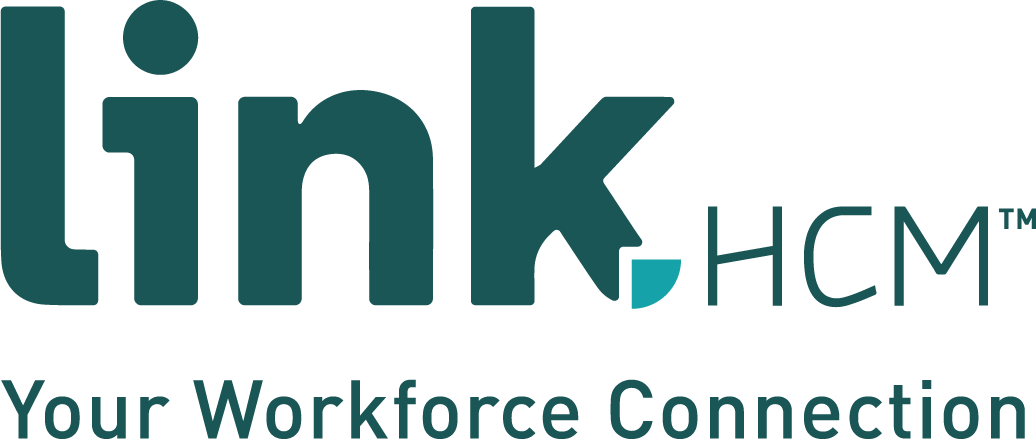
Update: As of Friday, April 24 President Trump signed the Paycheck Protection and Health Care Enhancement Act replenishing the Paycheck Protection Program with $310 billion in funding. Read more about the Paycheck Protection Program and Health care Enhancement Act here.
The US federal government passed a huge coronavirus relief bill to help businesses and individuals battle these challenging times.
With the entire state of California ordered to shelter-in-place, many businesses have not been able to make payroll or retain employees. The Paycheck Protection Program is the government's attempt to address this problem and provide financial relief. Here are 5 things you need to know—
Loans Will Go Fast
The first round of PPP funding ($3.49 billion) was exhausted in less than 2 weeks with applications still pending. An additional $3.10 billion to replenish the program may sound like a lot of money, but with loans available up to $10 million per small business, and many cities around the country in need, these funds will go fast.
Origination is on a first-come-first-served basis and lenders began accepting applications April 3. The application process will continue until June 30, 2020 or until funds have been exhausted— whichever comes first.
If you are hoping to obtain a Paycheck Protection Loan you should begin the process ASAP.
Background on the Program
The Paycheck Protection Program is a new loan program under the Small Business Administration (SBA) that provides 8 weeks of cash-flow assistance to help small businesses make payroll and retain employees.
Unlike most SBA loans, the Treasury Department has allowed banks, and new or non-traditional lenders to provide loans in addition to existing SBA approved lenders. This is intended to make the application process quicker and more accessible as businesses continue to take hits from the Coronavirus.
Other highlights of the program include:
- No personal guarantees or collateral needed
- No fees
- The full amount of the loan can be forgiven if terms are followed
- No payments need to be made in the first 6-months
- The loan has a 2-year maturity date and 1% interest rate
- The loan can be used to cover expenses from February 15, 2020 to June 30, 2020
Eligibility
All small businesses are eligible for Paycheck Protection Loans. The new program is expanded to include even more businesses than most SBA loans— so if you have 500 employees or fewer, you are most likely eligible!
The most important requirement is that your business was operating on February 15, 2020 and actively paying employees, payroll taxes, or independent contractors.
What Can the Loan be Used For?
The intention of the loan is to keep small businesses afloat and people employed. That means you can use the money to maintain or restore payroll, retain employees, and make mortgage payments, rent payments, and utilities. Using the loan for any other purposes will disqualify you from forgiveness and you will be expected to make payments after the first 6-months.
The loan can be used for:
- Payroll costs
- Mortgage interest payments
- Rent payments
- Utilities
Payroll costs under the program include:
- Salary, wages, commissions, and tips
- Payment for vacation, sick, parental, medical, or family leave
- Allowance for separation or dismissal
- Group health benefits and insurance premiums
- Retirement benefits
- State and local taxes assessed on compensation
As long the funds are used to cover these costs in the first 8-weeks, your loan will be forgiven.
How to Get Started
The best way to get started is by reaching out to your bank to see if they are participating in the program. Since you don’t have to go directly through the SBA for this loan you can use a bank or lender that you already have a relationship with.
The second step is to start preparing your application and payroll documentation. All lenders will require that you complete SBA Form 2483 and submit payroll documentation. Your payroll documentation will be used to verify your average monthly payroll costs and determine the amount of the loan you receive. You will also need a headcount report to demonstrate how many employees you have. This will be used to determine how much of your loan is eligible for forgiveness after the 8-week period.


Leave a Comment